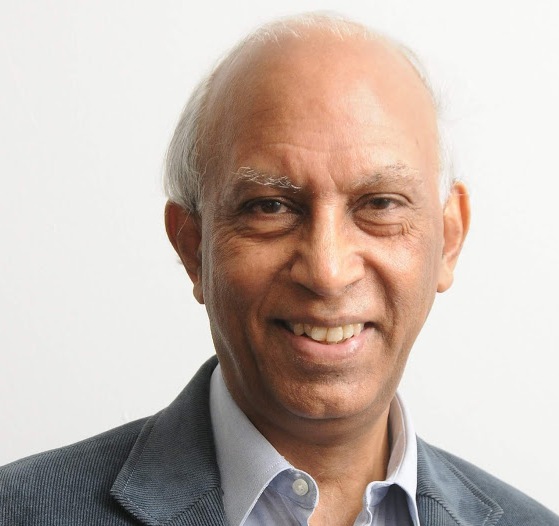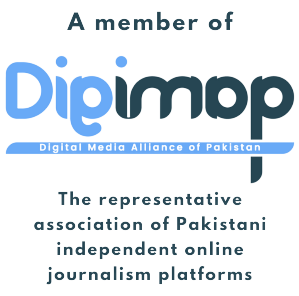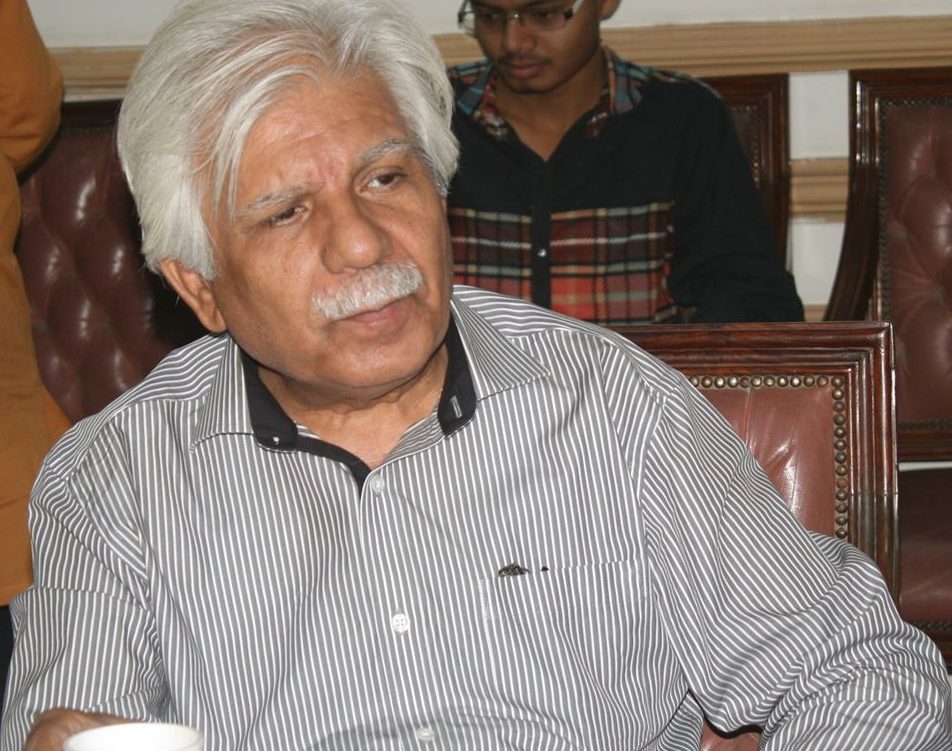
Theory of Rights : ancient, medieval, modern, contemporary
Dr Ishtiaq Ahmed
The idea of rights is as old as human civilization, but that concept has travelled a long way. A right is an entitlement to certain claims of a civil, political and socio-economic nature.
Ancient Theory of Rights
Initially rights belonged to the gods, often times god-kings. They could claim total devotion from their people, but were expected to protect them and maintain some level of justice.
The Code of Hammurabi (approximately 1800 B.C) from Mesopotamia (present day Iraq) was one of the earliest contributions to the idea of rights. It took up the idea of mutual obligations and rights of free men. Even rudimentary ideas of women’s rights was present in that Code. Basically retribution was accepted as fair punishment – an eye for an eye, which was also the idea underlying the Hebrew theory of rights.
The Hindus developed a theory of rights based on dharma-karma principles, which was premised on the nature of action: correct action led to reward and wrong action to punishment, and that meant a social hierarchy based on the account of the previous birth.
Emperor Ashoka (269-232 B.C) who converted to Buddhism also introduced a code of rights. The ruler was to be benevolent to his people. It prescribed charitable works to good people, prisoners were not to be treated inhumanly. Not surprisingly, a proto theory of animal rights was advanced in the Edicts of Ashoka.
In China, Confucius (fifth Century B.C) was to develop a civil rights theory, which was however more of obligations towards superiors of inferiors, but the inferiors were also granted protection. It was a paternalistic approach to rights.
The founders of political philosophy and political theory, the Greeks, were the first to talk of rights in rational terms, but more as collective rights of citizens. However, Greek society too was based on a social hierarchy and differential rights.
Citizens were Greek males, women were excluded from the category of citizens, so were free men who were Greeks and the other nationalities living in a city-state which was not the city-state of their forefathers and therefore they were aliens, and a large category of people who were slaves with no rights at all. Aristotle famously called a slave ‘a living instrument’.
Judaism developed a theory of rights, but one which is more about obligations to God. The 10 Commandments do include rights and obligations of the civil nature as well.
Medieval Theory of Rights
With the rise of Christianity and Islam the universal community of believers was accepted as equals, but more in the eyes of God. Non-believers were considered as estranged souls which had to be saved from damnation – hence the emphasis on conversion to the true faith.
It is a matter of debate how did Christianity and Islam spread, but there is no denying that the state played an important part in Christianity and Islam spreading to different parts of the world.
Although, the Farewell Sermon of Prophet Muhammad (PBUH) delivered in 631 A.C was an amazingly progressive idea of human equality, which only accepted virtuous conduct as the measure of human worth, it was essentially meant for the Muslim community he had established.
Both Christianity and Islam accepted the leading role of men although Islam introduced legislation conferring property rights on women, generally half in proportion to male heirs. Medieval Christianity and Islam accepted slavery as an institution though conversion could result in mitigated treatment, even freedom.
Medieval Christianity and Islam considered submission to the ruler an obligation as long as he in principle remained faithful to the faith.
Modern Theory of Rights
I consider modern as a cumulative process consisting of three processes. One, the rebirth of Greek philosophy and Roman rationalism in the wake of the Renaissance. It culminated with the end of the Biblical Theory of Knowledge and instead reliance on Reason and Science became the hallmark of intellectualism; two, the Scientific Revolution changed the whole conception of the Universe with the Earth being recognized as a satellite of the Sun and thus not the centre of the Universe; and three, the Industrial Revolution which undermined the medieval feudal order and set in motion social change and political revolutions.
Together, these three processes came to be associated with the Enlightenment suggesting that humanity had stepped out of the shadow of blind faith.
Machiavelli represented radical republicanism while also recognizing the leading role of elites. The Social Contract Theory of Rights undermined the Divine Rights Theory of Absolutism and set in motion the ideas of the government representing the will of the people as well as individual freedom of property owners including the new middle class as well as ideas about direct democracy.
However, modern as this period was it was not as yet universal in social terms. On the contrary, it gave birth to the view that the West was rational and progressive, while the rest of the world was emotional, conservative and unchanging.
Consequently, armed with modern ideas of racial and intellectual superiority and better weapons European powers embarked upon the great adventure of colonialism.
The history of colonialism in Latin America, Asia and Africa had different features, but on the whole the local cultures were treated as inferior and hence were subjugated.
Among themselves the Europeans fought the wars of religion in the 17th century and then terrible wars in the name of nationalism.
Nevertheless, the rationalism of the Enlightenment was contagious. It also changed attitudes and aspirations of the colonized people. They wanted freedom in the name of the nation.
Marxism and other forms of socialism which had emerged in the West as an indictment of the massive inequalities that unbridled capitalism had unleashed also became part of the anti-colonial struggles.
In the twentieth century, the modern world of Reason, science and empire finally collapsed under the crushing weight of Two World Wars. The persecution and genocide of Jews, Roma (Gypsies) and the Slavs of central and eastern Europe as well revenge attacks on Germans were crimes committed within Europe. Such horrors exposed the contradictions in Western modernity in the fullest sense.
Contemporary Theory of Rights
I consider the founding of the United Nations (1945) and especially the Universal Declaration of Human Rights (1948) the culmination of centuries old effort to break with the past – not complete as we now know – but in an important sense. The idea of Rights which was set forth in the UN Charter and the UDHR was for the first time truly Universal. It was additionally, based on the equality of all people and nations.
The UN Charter and the UDHR were derived from different sources: liberalism, social liberalism, socialism and social-democratic ideas. Reason and Compassion were the two main justifying arguments set forth in them. Although the freedom of religion and faith was fully recognized, religion as such did not inform the human rights which were set forth.
In principle the model of government which was set forth was a liberal, human rights-based democracy requiring the overall secularization of state and society. However, this was the preferred model, but it was not made a precondition for granting rights. This was done to encourage non-Western societies to evolve their paths of human rights and democracy.
It set in motion the democratization of Western European states and societies. In the United States the march towards human rights for all was delayed until the mid-1960s when finally the race laws in the southern states were abolished.
The irony was that whereas the nationalist elites of Asia and Africa successfully argued for their freedom and won it, once freedom was gained the inequalities and injustices present within the ancient cultures came into conflict with the egalitarian and modernizing aspirations associated with freedom from colonial rule.
A most disturbing reaction was the emergence of movements wanting to revive an ideal Golden Age. These trends were especially noticeable in the Indian subcontinent and the Middle East. Elsewhere, where Communist regimes had come to power the obsession with creating an entirely new type of society resulted in the excesses of the Chinese Cultural Revolution and the horrors of the Pol Pot Regime.
On the whole, corruption and bad government characterized many new states. In Latin America military juntas predominated.
Nevetheless, the idea that rights belong to all human beings irrespective of their religion, race (ethnicity), caste or gender (and by analogy sexual orientation) became firmly established.
Democracies also evolved and stabilized in some parts of the former colonial world.





1 Trackback / Pingback
Comments are closed.